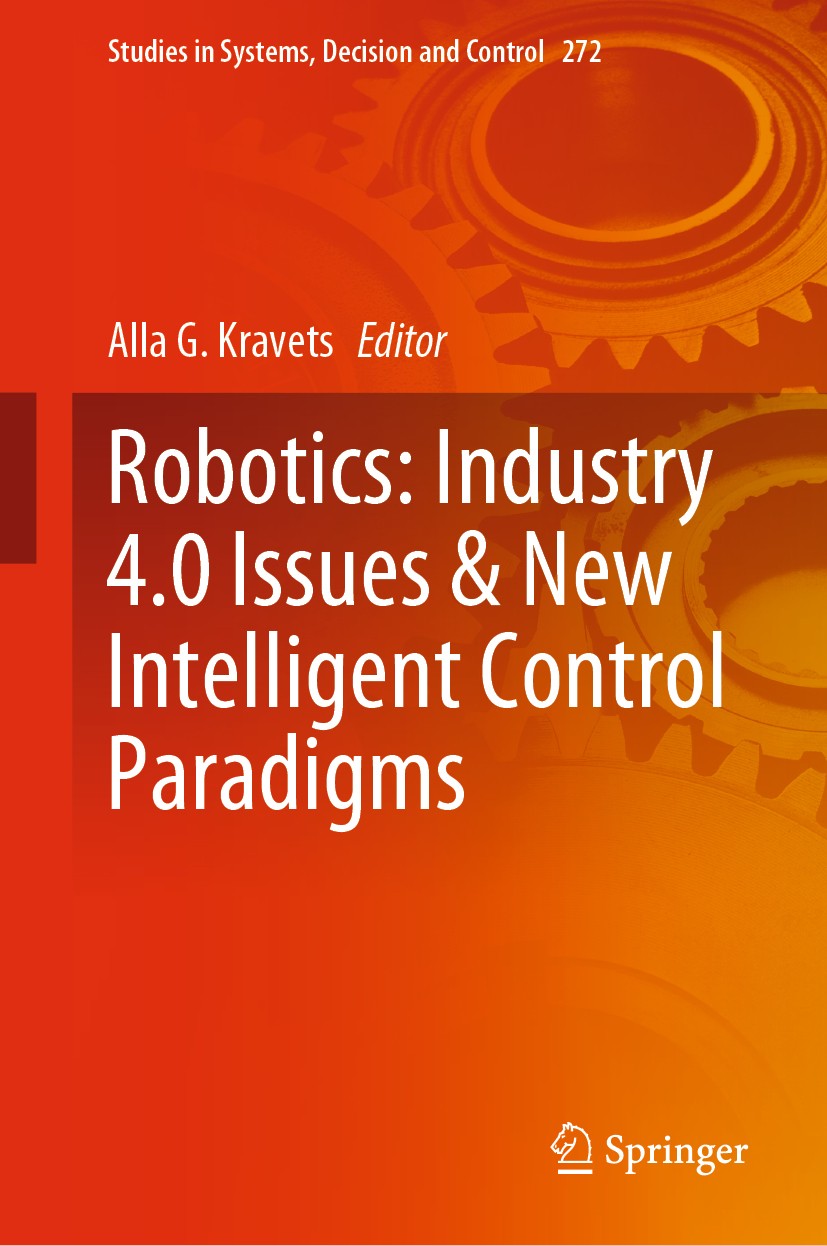| 書目名稱 | Robotics: Industry 4.0 Issues & New Intelligent Control Paradigms | | 編輯 | Alla G. Kravets | | 視頻video | http://file.papertrans.cn/832/831245/831245.mp4 | | 概述 | Examines theoretical foundations of industrial robotic control, formulates its concept within the frameworks of intelligent control methods and theories, and discusses the peculiarities of control tec | | 叢書名稱 | Studies in Systems, Decision and Control | | 圖書封面 |  | | 描述 | This book focuses on open issues of new intelligent control paradigms and their usage. Industry 4.0 requires new approaches in the context of secure connection, control, and maintenance of robotic systems, as well as enhancing their interaction with humans. The book presents recent advances in industrial robotics, and robotic design and modeling for various domains, and discusses the methodological foundations of the collaborative robotics concept as a breakthrough in modern industrial technologies. It also describes the implementation of multi-agent models, programs and methods that could be used in future processes for control, condition assessment, diagnostics, prognostication, and proactive maintenance..?.Further, the book addresses the issue of ensuring the space robotics systems and proposes reliable novel solutions. The authors also illustrate the integration of deep-learning methods and mathematical modeling based on examples of successful robotic systems in various countries, and analyze the connections between robotic modeling and design from the positions of new industrial challenges. The book is intended for practitioners and enterprise representatives, as well as scien | | 出版日期 | Book 2020 | | 關(guān)鍵詞 | Industrial Robotics; Intelligent Control; Collaborative Robotics; Multi-agent Systems; Robotics modeling | | 版次 | 1 | | doi | https://doi.org/10.1007/978-3-030-37841-7 | | isbn_softcover | 978-3-030-37843-1 | | isbn_ebook | 978-3-030-37841-7Series ISSN 2198-4182 Series E-ISSN 2198-4190 | | issn_series | 2198-4182 | | copyright | Springer Nature Switzerland AG 2020 |
The information of publication is updating

|
|
 |Archiver|手機(jī)版|小黑屋|
派博傳思國際
( 京公網(wǎng)安備110108008328)
GMT+8, 2025-10-8 03:23
|Archiver|手機(jī)版|小黑屋|
派博傳思國際
( 京公網(wǎng)安備110108008328)
GMT+8, 2025-10-8 03:23


